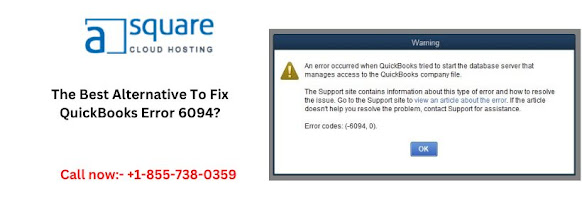A Complete Guide On QuickBooks Condense Data Utility
QuickBooks is known for giving regular updates, and one of the best features that are brought out in present times is the QuickBooks Condense data utility feature. With the help of this feature, QB users not only get the option to erase all audit trails but also are able to minimize the file size of the QB company data. This was a revolutionary factor brought by QuickBooks desktop, and in this article, we will be mentioning the steps on how to use this Utility.
Are you a first-time QuickBooks user? Don't worry; our professionals will help you through all the steps; just dial us at +1(855)-738-0359.
Easy Steps to Use the QuickBooks File Condense Utility?
Before you move on to learn how to condense the QuickBooks file, ensure to follow the steps listed down below to back up the transactions that will not be covered in the condensation of the file.
First, access QuickBooks and choose the File tab.
Now head to Utilities and choose Condense Data option.
Now select the Transactions before a specific date option and enter the appropriate date.
Check-mark the optional box, select Next, and tap on Summarize inventory transactions (recommended).
Now select how your inventory will be condensed, and later click Next.
Here remove the transaction groups as you wish and click Next.
Further, tap on Begin Condense, but it will not start condensing as of now but will only run the report.
Now, prepare your QB company file for condensing through the steps mentioned below:
You May Also Like to Read: How To Fix QuickBooks Error PS077 While Updating Payroll
First, get rid of the closing date of your data file by the following steps:
Access QuickBooks and select the Edit menu.
Now tap on Preferences, and then go to Company Preferences.
Further, tap on the Set/Date Password option and erase the date given in the box.
Hit OK and edit the transactions that are entered before your company starting date, as you cannot fix them afterward.
To locate them, run the Profit and Loss and Balance Sheet utilities then move to the next step.
Now under Chart of Accounts, re-sort the lists and ensure zero data damage by running the Rebuild and Verify Data Utility.
Now create a backup of your company file and copy it to a secure location.
At last, you would print or save the following data as PDFs to compare them with the QuickBooks online condense data and check if all the information is still intact.
The Accrual-based Profit and Loss for all the dates.
The Accrual-based Balance Sheet for all the dates.
The Cash Flow statements.
The A/R and A/P Aging Detail for all the dates.
The Reports suggested by your accountant or adviser otherwise.
Now, you can use the QuickBooks File Condense utility, but be patient, as the condensing may require some time, depending on your file size and the performance of the system.
Finally, run the Utility to condense data by these steps:
First, access QuickBooks and choose the File tab.
Now head to Utilities and choose the Condense Data option.
Moving through the wizard, you will be prompted to condense from the following transactions and list entries.
Now select Help if you face any difficulty.
Finally, tap on the Begin Condense.
Summing Up!
Hopefully, through this article, you now have a better understanding of QuickBooks Condense Data Utility. Nonetheless, there might be some other queries from your side as well, and for that, you can get in touch with our experts by calling us at +1(855)-738-0359.
Also Read: QuickBooks Error 1723



Comments
Post a Comment